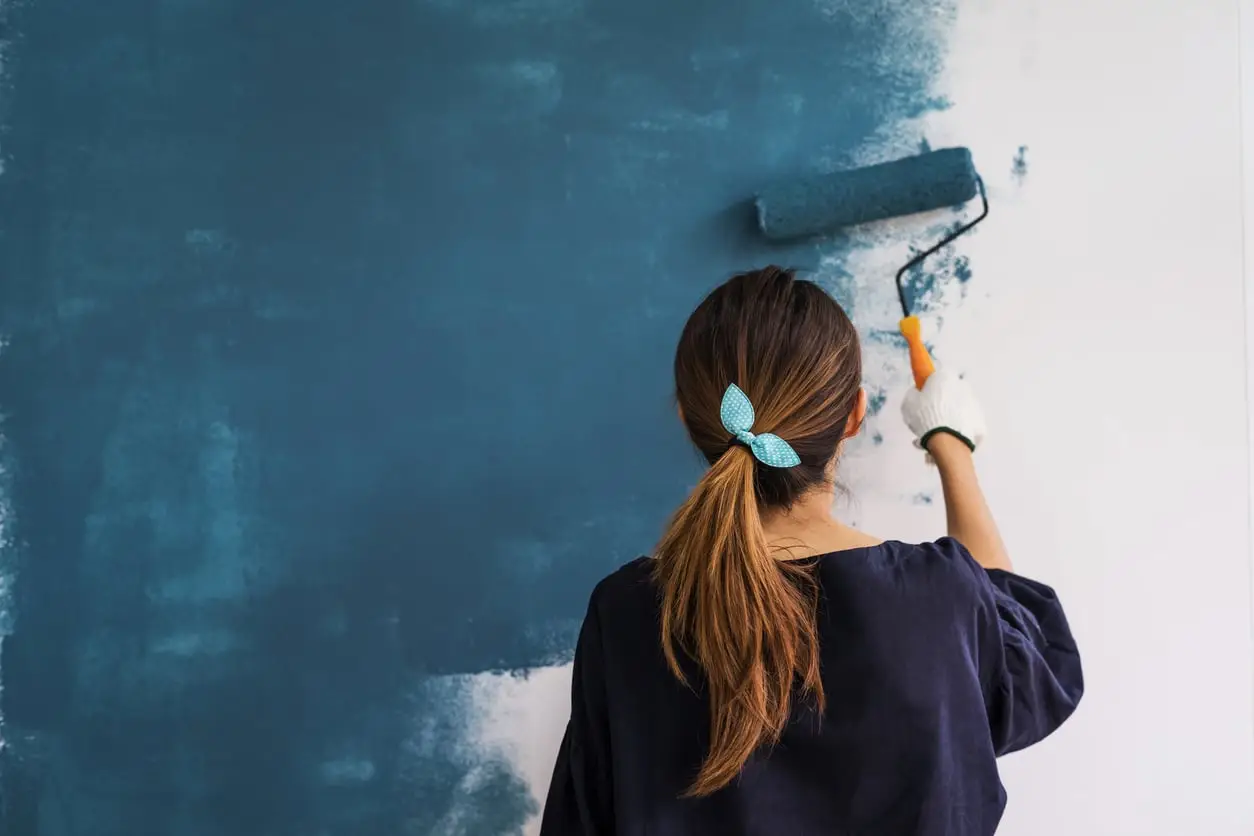
As winter arrives with its characteristic chilly weather and shorter days, you may be wondering if it’s feasible to proceed with any painting projects you’ve been considering. After all, painting is usually associated with warm, dry conditions. However, is it strictly necessary to wait for spring to freshen up your walls or exterior? This article aims to demystify winter painting, providing insights into when it’s too cold to paint and offering practical solutions for those who wish to brave the elements.
The Importance of Temperature in Painting
Temperature plays a critical role in the quality of a paint job. Most paints, whether water-based (latex) or oil-based, need a certain temperature range to cure properly. Improper curing can lead to a variety of problems such as poor adhesion, longer drying times, and uneven texture.
Typically, the optimal temperature for exterior painting lies between 10-30°C. For interior painting, maintaining a room temperature between 15-25°C is often advised. Outside these ranges, you might encounter problems, particularly during winter.
Challenges of Winter Painting
Slower Drying Times
Cold weather prolongs the drying time for paint, which can disrupt your painting schedule. This becomes especially problematic when multiple coats are required.
Poor Adhesion and Cracking
The cold can affect the paint’s ability to adhere to a surface properly. This can result in peeling or cracking over time.
Inconsistent Finish
Temperature fluctuations can affect the paint consistency, leading to streaks or an uneven finish that might require additional work later.
Increased Energy Costs
For interior projects, maintaining an optimal room temperature might necessitate additional heating, thereby increasing your energy costs.
When Is It Too Cold?
In the UK, winters can be quite variable, with temperatures sometimes dropping below freezing. Many manufacturers recommend not painting when the temperature is below 5°C. However, advancements in paint technology have led to the development of paints that can be applied at temperatures as low as -1°C. Always check the manufacturer’s recommendations on the paint can to be sure.
Solutions for Winter Painting
If you find that you must paint during the winter, there are several strategies you can employ to mitigate the risks.
Use Winter-Grade Paint
Some manufacturers produce paints formulated to perform well in colder temperatures. These paints contain additives that allow them to dry more quickly and adhere better in cold conditions.
Preheat the Surface
For exterior projects, preheating the surface with a heat gun or other safe methods can help the paint to adhere better. Exercise extreme caution when using heat-producing devices.
Control the Environment
For interior projects, keeping the room adequately heated can help. Use space heaters if necessary but ensure proper ventilation as well.
Paint During Optimal Hours
During winter, aim to paint between late morning and early afternoon when temperatures are generally at their highest.
Monitor Weather Forecasts
For exterior projects, it’s not just the cold you need to worry about; precipitation can ruin a fresh paint job. Always check the weather forecast and avoid painting if snow or rain is predicted.
The Bottom Line
While painting in winter comes with its set of challenges, it’s not entirely impossible. Advances in paint technology and some precautionary measures can enable you to carry out your painting projects without waiting for the warmer months. However, if conditions are too harsh, it’s advisable to postpone your painting activities. Improper application can result in long-term problems that are more cumbersome and expensive to fix.
Alan Cox Decorating can Help!
If you’re contemplating a painting project this winter and are concerned about the challenges posed by cold temperatures, Alan Cox Decorating can help. With a wealth of experience in tackling painting projects in all types of weather conditions, our team of professionals knows precisely how to ensure a flawless finish, regardless of the thermometer’s reading. We cover a wide area, serving customers across Leicestershire, Nottinghamshire, and Derbyshire. Utilising advanced techniques and winter-grade materials, we take the worry out of winter painting, providing a seamless service from consultation to completion.
With Alan Cox Decorating, you can be confident that your painting project will be executed to the highest standards, come rain, shine, or snow.




